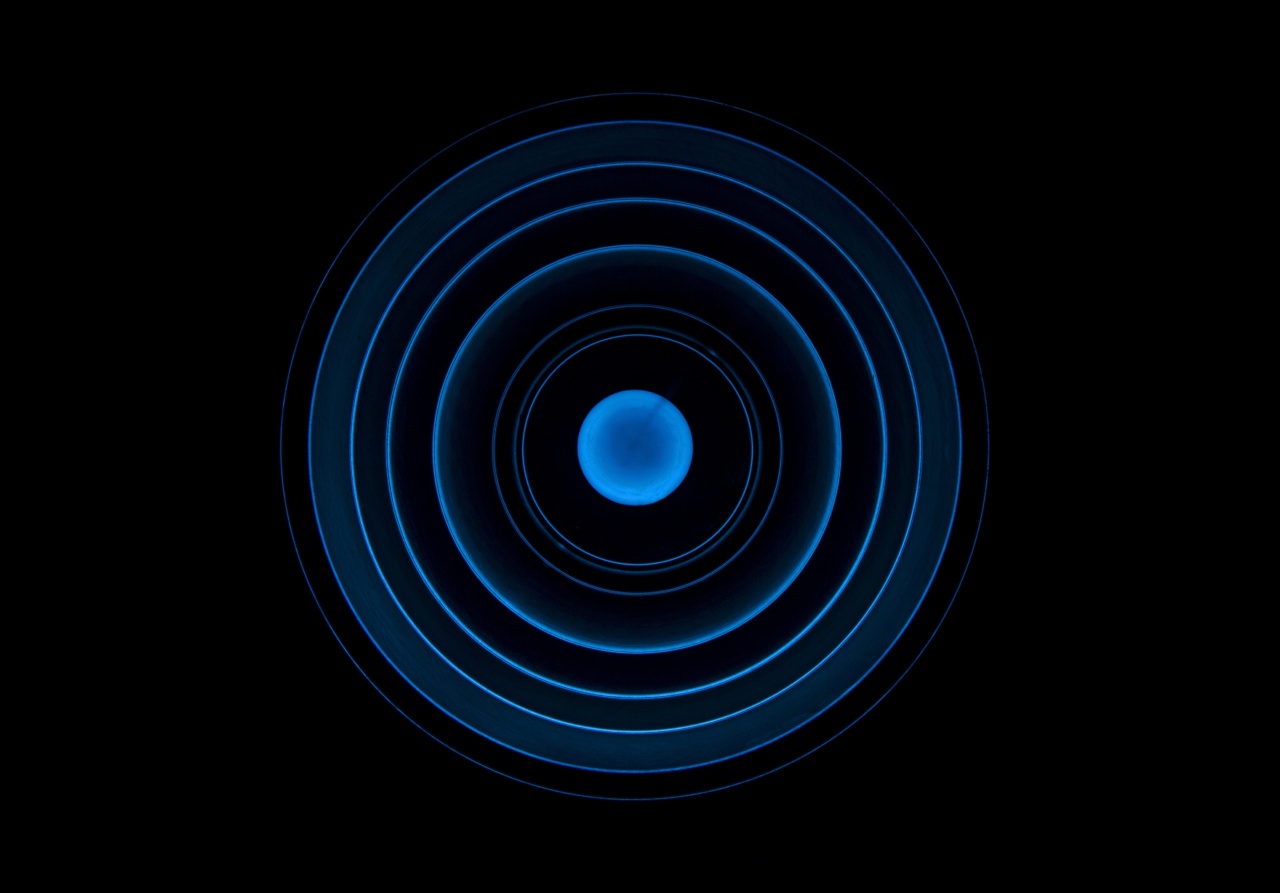Image processing has become an important part of web development and testing. It is essential to test all aspects of web applications, including images, as they form an important part of the user interface and user experience.
Selenium WebDriver is a popular tool for testing web applications, and it provides several image functions that make it easy to test and verify images on web pages. In this article, we will discuss the importance of image functions in Selenium and how it can help to improve the efficiency and effectiveness of web testing.
What are Image Functions in Selenium?
Selenium provides several image functions that can be used to interact with images on web pages. These functions allow testers to retrieve, verify and interact with images on a web page. Some of the commonly used image functions in Selenium include:.
- Get Screenshot: This function is used to retrieve a screenshot of the current web page. This can be useful in verifying the layout of the web page, and ensuring that all elements are displayed correctly.
- Get Image: This function is used to retrieve the image of a specific element on a web page. This can be useful in verifying that images are displayed correctly, and that they are not broken or missing.
- Verify Image: This function is used to verify the source of a specific image on a web page. This can be useful in ensuring that the correct image is displayed on the web page, and that there are no broken or missing images.
- Click Image: This function is used to click on a specific image on a web page. This can be useful in testing the functionality of clickable images, such as buttons or links.
Why use Image Functions in Selenium?
Using image functions in Selenium can help to improve the efficiency and effectiveness of web testing. Some of the benefits of using image functions in Selenium include:.
- Improved Test Accuracy: Images are an important part of web applications, and verifying that they are displayed correctly is crucial for ensuring the accuracy of web tests. Image functions in Selenium help to verify image sources and ensure that they are displayed correctly on web pages.
- Increased Test Coverage: Images can have different formats and sizes, and testing them manually can be time-consuming. Image functions in Selenium can be used to test all types of images automatically, which helps to increase test coverage and improve the quality of web applications.
- Faster Testing: Image functions in Selenium can be used to retrieve and verify images quickly and efficiently, which helps to speed up the overall testing process.
Examples of Using Image Functions in Selenium
Now that we have discussed the importance of image functions in Selenium, let’s look at some examples of how to use these functions in practice.
Example 1: Retrieving a Screenshot
To retrieve a screenshot of a web page in Selenium, we can use the getScreenshotAs() function. This function retrieves a screenshot of the current web page as a file. Here is how we can use this function:.
// Import Required Libraries
import org.openqa.selenium.WebDriver;
import org.openqa.selenium.chrome.ChromeDriver;
import java.io.File;
import org.apache.commons.io.FileUtils;
import org.openqa.selenium.OutputType;
import org.openqa.selenium.TakesScreenshot;
public class SeleniumScreenshot {
public static void main(String[] args) {
// Setting up Driver Path
System.setProperty("webdriver.chrome.driver", "C:\Users\User\Desktop\chromedriver.exe");
// Creating Driver object
WebDriver driver = new ChromeDriver();
// Navigate to the web page
driver.get("https://www.example.com/");
// Taking Screenshot
File screenshot = ((TakesScreenshot)driver).getScreenshotAs(OutputType.FILE);
// Saving Screenshot
try {
FileUtils.copyFile(screenshot, new File(".\screenshots\example.png"));
} catch (Exception e) {
e.printStackTrace();
}
// Close Browser
driver.quit();
}
}
In this example, we navigate to the web page and then use the TakesScreenshot interface to take a screenshot of the web page. The screenshot is saved as a file, which can be used later for verification.
Example 2: Verifying an Image Source
To verify the source of an image on a web page in Selenium, we can use the getSrc() function. This function retrieves the source of a specific image on a web page. Here is how we can use this function:.
// Import Required Libraries
import org.openqa.selenium.By;
import org.openqa.selenium.WebDriver;
import org.openqa.selenium.chrome.ChromeDriver;
public class SeleniumVerifyImageSrc {
public static void main(String[] args) {
// Setting up Driver Path
System.setProperty("webdriver.chrome.driver", "C:\Users\User\Desktop\chromedriver.exe");
// Creating Driver object
WebDriver driver = new ChromeDriver();
// Navigate to the web page
driver.get("https://www.example.com/");
// Verify Image source
String imageSrc = driver.findElement(By.tagName("img")).getAttribute("src");
if(imageSrc.equals("https://www.example.com/image.jpg")) {
System.out.println("Image source is correct.");
} else {
System.out.println("Image source is incorrect.");
}
// Close Browser
driver.quit();
}
}
In this example, we navigate to the web page and then use the getAttribute() function to retrieve the source of the first image on the web page. We then verify that the source is correct, and print a message to the console accordingly.
Conclusion
Image functions are an important part of web testing, and Selenium WebDriver provides several image functions that make it easy to interact with images on web pages.
Using image functions in Selenium can help to improve the accuracy, coverage, and efficiency of web tests. In this article, we discussed the importance of image functions in Selenium and provided some examples of how to use these functions in practice.
By incorporating image functions into web testing, testers can ensure that all aspects of web applications are thoroughly tested and optimized.































